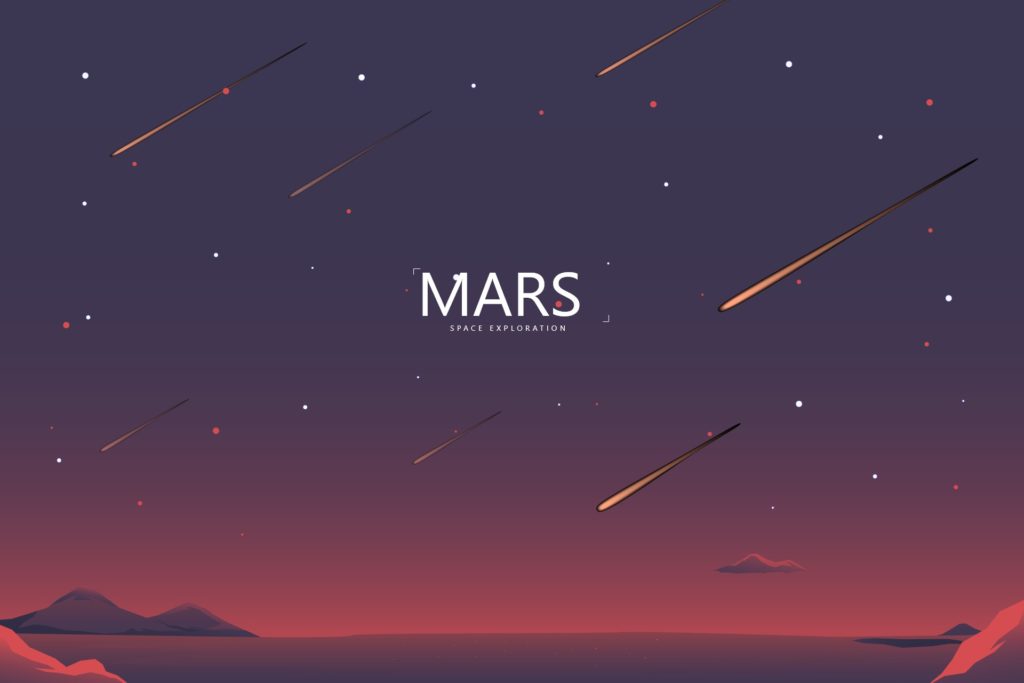Mars has always held a certain mystery to it and awed civilizations on Earth. The Romans regarded Mars as the God of War. Mars is the fourth planet from the Sun and the second-smallest planet in the Solar System after Mercury. We can see Mars with our naked eyes. It is only about half the size of Earth.
It is often referred to as the “Red Planet“ because the iron oxide prevalent on its surface gives it a reddish appearance that is distinctive among the astronomical bodies visible to the naked eye.
Mars is a terrestrial planet with a thin atmosphere, having surface features reminiscent both of the impact craters of the Moon and the valleys, deserts, and polar ice caps of Earth. A Mars year is roughly 687 Earth days since Mars takes a lot longer to go around the Sun once compared to Earth. However, a day on Mars is around 24.6 hours, which is just a little bit more than the number of hours per day on Earth.
Mars has two small moons, Phobos and Deimos.
Updated June 3, 2021: NASA currently has two rovers (Curiosity and Perseverance), one lander (InSight), and one helicopter (Ingenuity) exploring the surface of Mars.
Internal structure
- Like Earth, Mars has differentiated into a dense metallic core overlaid by less dense materials. This iron(II) sulfide core is thought to be twice as rich in lighter elements as Earth’s.
- The core is surrounded by a silicate mantle that formed many of the tectonic and volcanic features on the planet.
- Elements in the Martian crust are iron, magnesium, aluminum, calcium, and potassium. The average thickness of the planet’s crust is about 50 km (31 mi) whereas Earth’s crust averages 40 km (25 mi).






